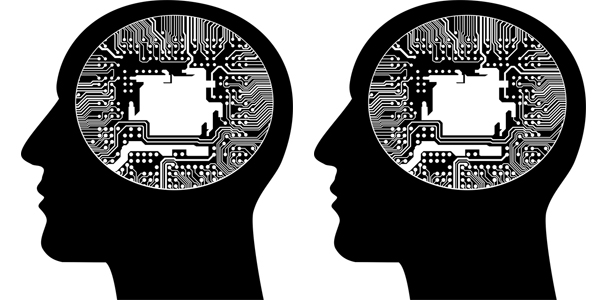Editor’s Note: Today’s article is a preview of an Ardent Partners research report, Cognitive Procurement: The Age of Intelligence, sponsored by IBM Watson Commerce. Interested readers can download this exciting and informative report by clicking here.
What a year 2016 was! Apart from Brexit, the Olympics, and the U.S. Presidential Election, 2016 bore witness to the proliferation of “smart” business technologies. These include applications and tools that leverage the power of Big Data via advanced algorithms, analytics, and artificial intelligence (AI) to the point where these once-futuristic innovations are now being adopted and integrated with businesses and consumers, alike.
The rise of AI and smart technologies also serves as the precursor to a paradigm-shifting approach to procurement, “cognitive procurement,” a concept operationalized by IBM Watson Commerce with the development of its data-driven analytics engine, Watson Analytics. But, cognitive procurement is much more than data and AI. It is the sum of many parts of a business ecosystem that integrate to produce synergies, like data fusion, agile analytics, and actionable intelligence. These include:
- Process Automation: Cognitive procurement is not possible without process automation. Automated technologies drive process workflows from point to point, particularly on integrated solution suites, and allow end users to seamlessly interface across a spectrum of connected applications using common data, inputs, and outputs.
- Big Data for Procurement: On a related note, Big Data for procurement fuels this drive. Spend, sourcing, contract, supplier, and risk information pour into the typical mid to large enterprise today and, with the rise of connected devices (the so-called “Internet of Things”), this flow will continue unabated.
- Master Data Management (MDM): There is enormous raw potential in Big Data for Procurement, but in order for it to be optimized, it must be managed, analyzed, and disseminated. That is why MDM systems, like supplier information management and ERP systems are essential for corralling all of the data flowing into the enterprise and categorizing, cleansing, and enriching it for further use.
- Advanced Analytics and Algorithms: Here is where things start to get pretty gnarly. Cognitive procurement as a whole relies on the analysis of procurement data using advanced data analytics engines that leverage equally advanced algorithms to crunch numbers, identify trends, and produce predictive outputs.
- Machine Learning: After a number of transactions, algorithms can begin to “learn” user patterns, and be able to adapt to user preferences for user interfacing (UI). Pretty soon, cognitive technologies will be able to “mold” itself to the user experience (UX) and serve as a “sidekick” or personal assistant to the end user.
- Artificial Intelligence (AI): AI takes the lessons learned from Big Data and UI and begins to “serve” the user both actively and passively – actively by leveraging predictive analytics to provide the user with push notifications and options, and passively, by receiving commands from the user to conduct a certain transaction.
- Natural Language Processing (NLP): Apple’s Siri and Amazon’s Echo are modern incarnations of NLP, which was developed back in 1950 by Alan Touring. Since then, it has really come of age, as it now allows users to speak or type commands to a computer, which then interprets the command and “salutes and executes”. It allows for seamless conversation between the user and the computer.
- Integrated UI/UX: One final element of the cognitive procurement “ecosystem” is the integration of machine learning, AI, NLP, and push alerts/notifications with applications and solution suites. Integration allows cognitive procurement technologies to deliver data-driven, actionable intelligence as well as options to end users in the context of a process workflow on an application, either as a standalone app or as part of a solution suite. This further allows the end user to remain “on target” as he or she executes the task, and in theory results in efficiency gains, greater accuracy, and improved UX.
Final Thoughts
Like all great things, cognitive procurement began as a concept but continues to materialize as an exciting value driver for procurement, sourcing, and supply management pros everywhere. As process automation, data analytics, and machine learning/AI continue to advance, and as UI/UX continue to improve, cognitive procurement has the potential to be the most transformative innovation since the beginning of the digital era.
Want to learn more? Download the report, Cognitive Procurement: The Age of Intelligence, sponsored by IBM Watson Commerce.
RELATED ARTICLES
Dispatch from IBM Empower 2016
Three Innovative Technologies Driving Procurement Agility – Part One
Three Innovative Technologies Driving Procurement Agility – Part Two
How CIOs and CPOs Learned to Stopped Worrying and Love Innovation
Advanced Sourcing and Procurement Technologies: Machine Learning


